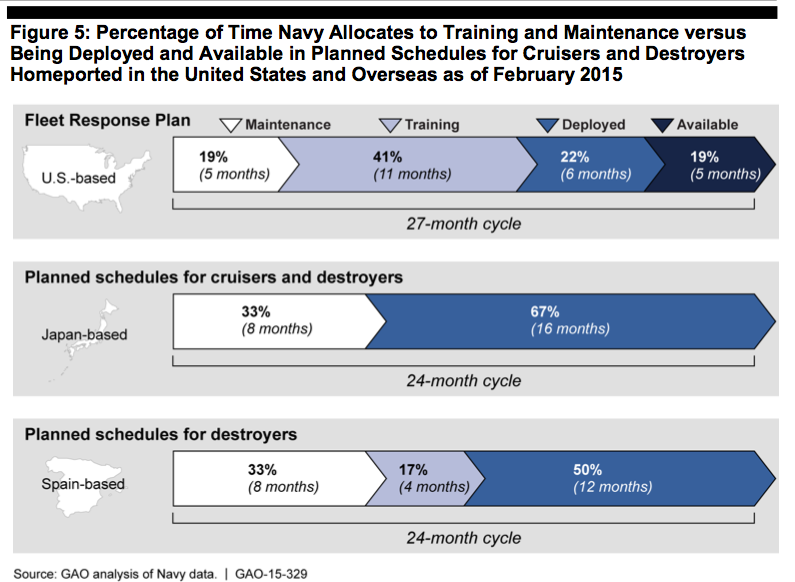- Reaction score
- 13,088
- Points
- 1,010
Eye In The Sky said:Forgive me for my ignorance on all things sailing but...wouldn't there always be SA on all ships/aircraft etc in a bubble around you? Having never sailed before except as a ferry passenger, I am trying to understand how a collision like this happens in a shipping lane; I am assuming that there are lanes, speeds etc that are (should be) adhered to and that warships maintain SA on all vessels around them, particularly ones that are in close.
Hoping the find the 10 missing sailors alive.
The Straits of Malacca are "special". I have been through there 3 times and it is eye watering. Imagine an 8 lane super highway, except with no lines and filled with everything from 100,000 tonne super tankers down to 500 tonne coastal freighters. Ships are doing anywhere from 10-30 kts. It would not be unusual to have 100 plus contacts within 10NM of your ship. Your ship is completely surrounded. If you have an engineering casualty, you will be extremely lucky to get out of it without being hit. As aircrew, I was impressed by the ability of our bridge and ops teams to manage it. I am not sure we still have those skills today in our Navy- and we are light years ahead of the USN at training ship drivers.
Add darkness or bad weather and it would be even scarier.


